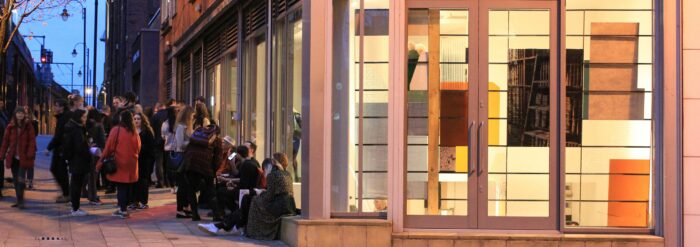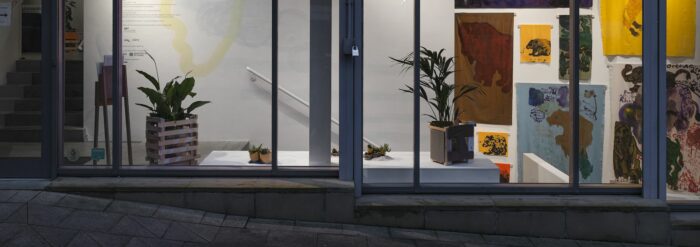
‘Dummy’ – Richard Forster, Ana Genovés, Clifton Steinberg
Exhibition
‘Dummy’ – Richard Forster, Ana Genovés, Clifton Steinberg
18 January 1997 - 15 March 1997
Curated by Richard Forster, ‘Dummy’ represents recent work by three young, London-based artists working in the separate media of painting, photography and sculpture. In showing together they set out to examine notions of ‘theatricality’ in the viewing experience, questioning ideas of the real and artificial, fact and contingency, ‘mise-en-scène’ and its relation to authenticity and role-play.
The notion of ‘theatricality’ was critically dramatised in terms of Modernism by Michael Fried in his text 1967 ‘Art and object hood’. In it, he sought out to undermine certain minimalist sculpture that he claimed had become affected by conditions ulterior to an authentic, ‘real’ art experience. Dummy entertains the unreal and the real, the theatrical and the literal, without trying to privilege any of them. What is does is to surface these issues again but within in a distinctly 90’s perspective. The use of the separate media also serves to highlight how ideas can migrate across separate disciplines. The work in combination seeks to establish a stage management of the ‘spectacle’, one that encourages the viewer to act as accomplice to the work in its position in the gallery.
In all the work, there exist important ideas relating to the surface. In Ana Genovés sculpture and video loop, the surfaces react to take on certain selected properties of an object’s phenomenal appearance. Often this intensification relates to readings centred on populist cartoon imagery. For Clifton Steinberg, the shallow surfaces of his large-scale photographs unveil an artificial ‘skin’ that is a ‘mannequin’s’ face. The codes we enter into seem to be culled from the alluring sexuality of the fashion and advertising industries. His household mirror pieces reflect not the owner’s ‘gaze’ but the domestic adornments that frame and give us clues to such personalities. In Richard Forster’s paintings and ‘dado’ wall – structure, the surface seeks to examine the contingencies within which painterly abstraction is seen. The work is self consciously decorative, thus encountering a trajectory that relates as much to the architecture of the space as to the supposedly transcendent role of the modernist canvas.

